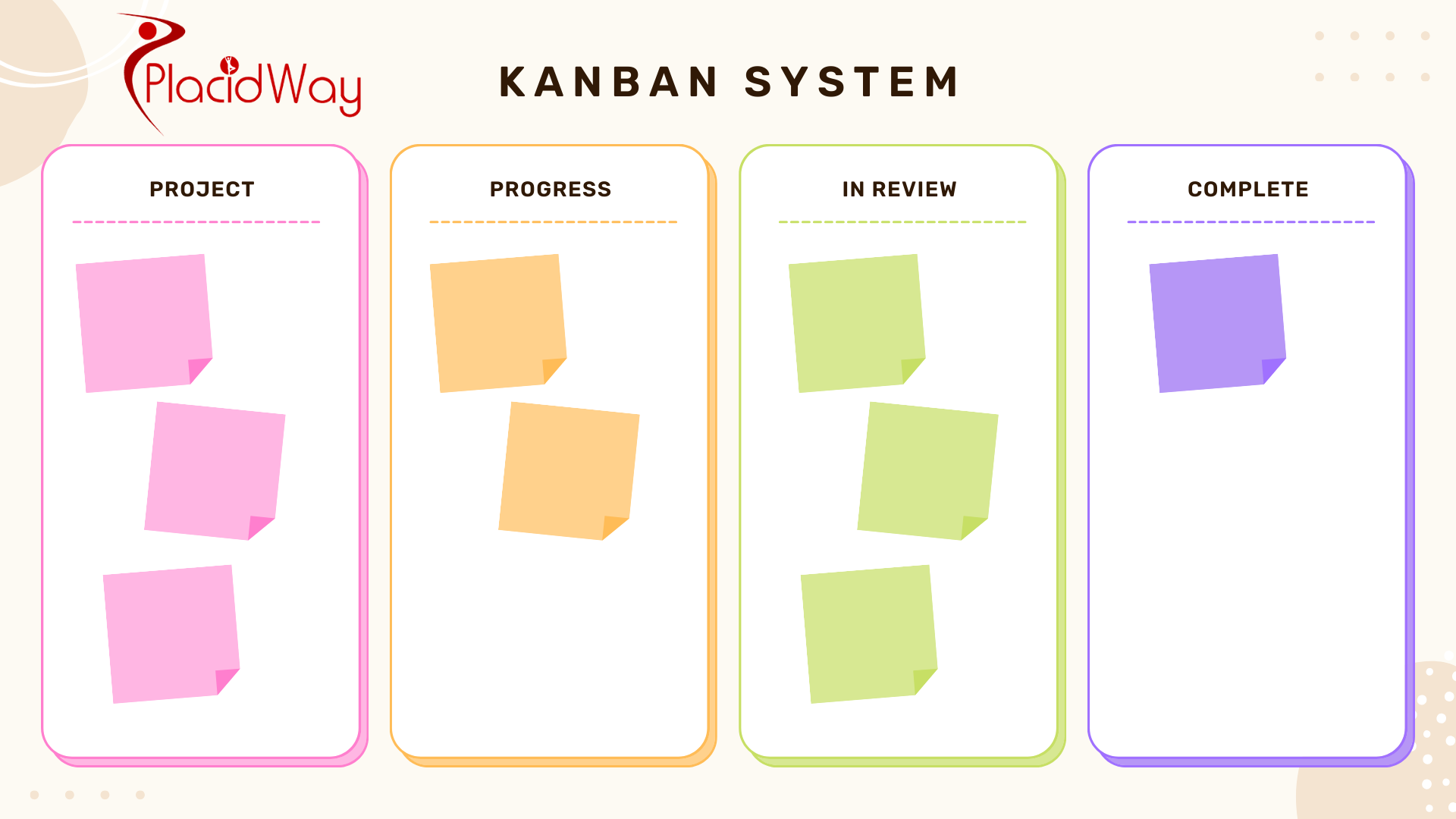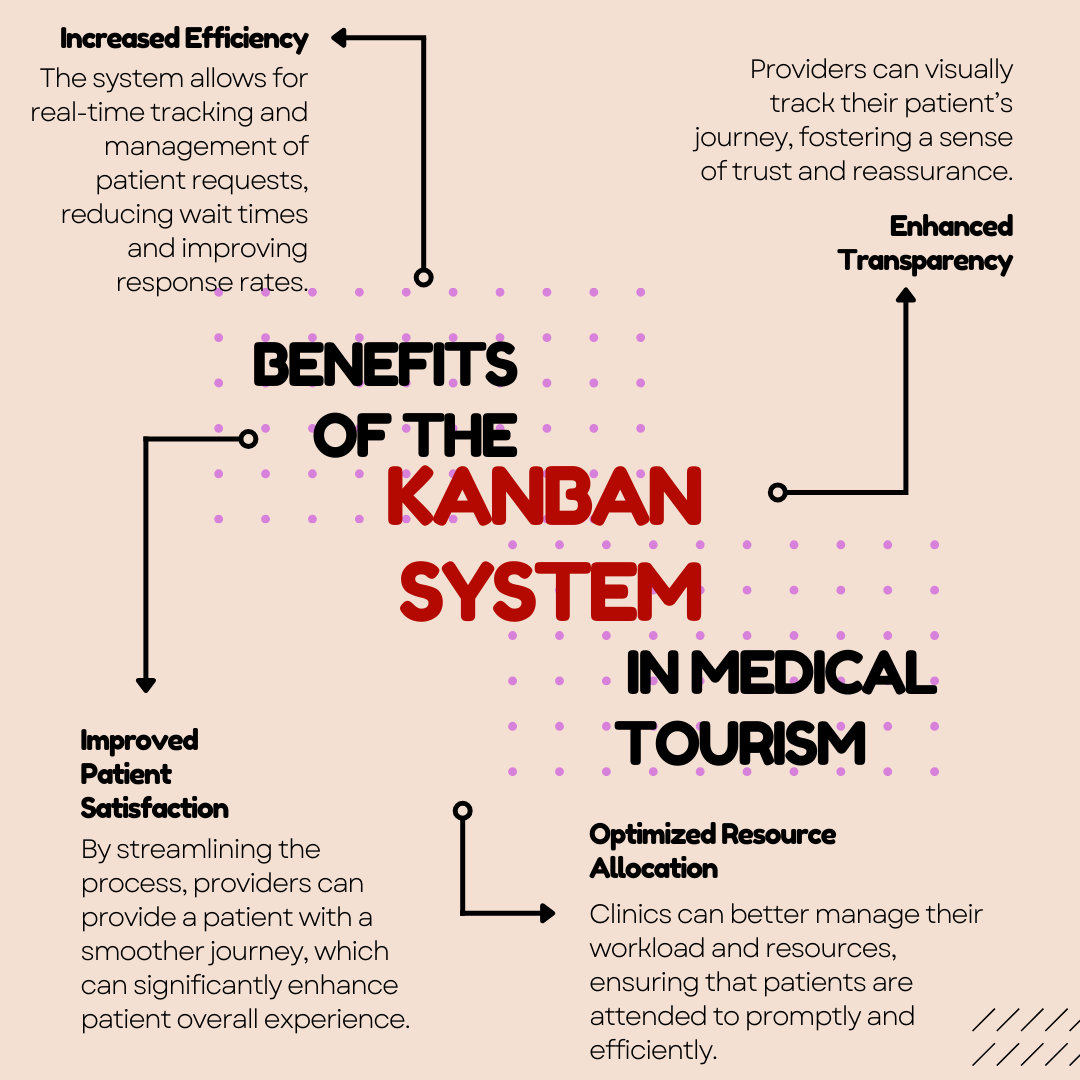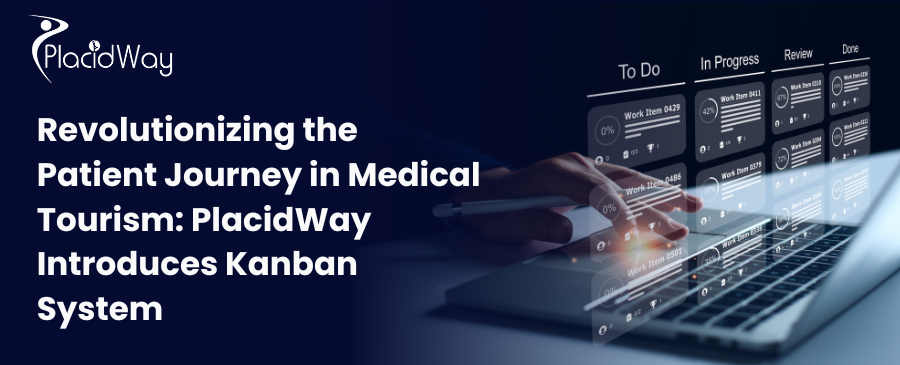In an era where the efficiency of medical services is as crucial as their quality, PlacidWay, a prominent figure in the medical tourism sector, has taken a significant leap forward. The company recently announced its innovative approach to optimizing the patient's journey through the adoption of the Kanban system. This initiative marks a first in the medical tourism industry, aiming to redefine how patient requests are processed, from initial inquiry to the final appointment.
The medical tourism industry has grown exponentially over the years, with patients globally seeking medical treatments abroad for various reasons, including cost savings, access to specialized treatments, and shorter waiting times. However, managing patient journeys in this sector has always presented unique challenges, especially in ensuring a smooth, efficient process that caters to patients' needs effectively. PlacidWay's introduction of the Kanban system into this process is a groundbreaking step towards addressing these challenges.
Understanding the Kanban System
Originating from Japan, the Kanban system was developed as a scheduling system for lean manufacturing and just-in-time manufacturing (JIT). Kanban, which means "signboard" or "billboard" in Japanese, is a visual management tool that facilitates the management of work by balancing demands with available capacity and improving the handling of bottlenecks.
In the context of patient journey optimization, the Kanban system allows for a visual representation of the patient's progress through the treatment-seeking process. Each patient's request is represented as a card on the Kanban board, moving from one stage to the next - from initial contact, consultation, treatment planning, to the final booking of the treatment. This visual approach enables healthcare providers and patients to track progress transparently, identify any delays or issues promptly, and ensure that every patient receives timely and efficient service.

Benefits of the Kanban System in Medical Tourism
The integration of the Kanban system into PlacidWay's patient journey optimization offers multiple benefits:
- Enhanced Transparency: Providers can visually track their patient’s journey, fostering a sense of trust and reassurance.
- Increased Efficiency: The system allows for real-time tracking and management of patient requests, reducing wait times and improving response rates.
- Improved Patient Satisfaction: By streamlining the process, providers can provide a patient with a smoother journey, which can significantly enhance patient overall experience.
- Optimized Resource Allocation: Clinics can better manage their workload and resources, ensuring that patients are attended to promptly and efficiently.

A Game-Changer for Clinics and Healthcare Providers
For clinics and healthcare providers, adopting a systematic approach like the Kanban system for sales pipeline and funnel management can be a game-changer. It not only aids in managing patient inquiries and prioritizing tasks but also enhances the ability to handle multiple requests without compromising on quality or efficiency. This systematic approach is crucial for winning the game of patient conversion, setting a new standard in patient care and conversion rates within the medical tourism sector.

Setting New Benchmarks in Medical Tourism
PlacidWay's pioneering introduction of the Kanban system stands as a testament to the company's commitment to innovation and excellence in patient care. By setting new benchmarks in how patient journeys are managed, PlacidWay is not just enhancing the experience for patients but also empowering partner clinics and healthcare providers to achieve greater success in patient management and conversion.
The medical tourism industry is at a juncture where the demand for efficient, patient-centered services is higher than ever. In this context, PlacidWay's innovative approach to patient journey optimization using the Kanban system is a beacon of progress, promising a future where patients' healthcare journeys are as seamless and efficient as possible.



